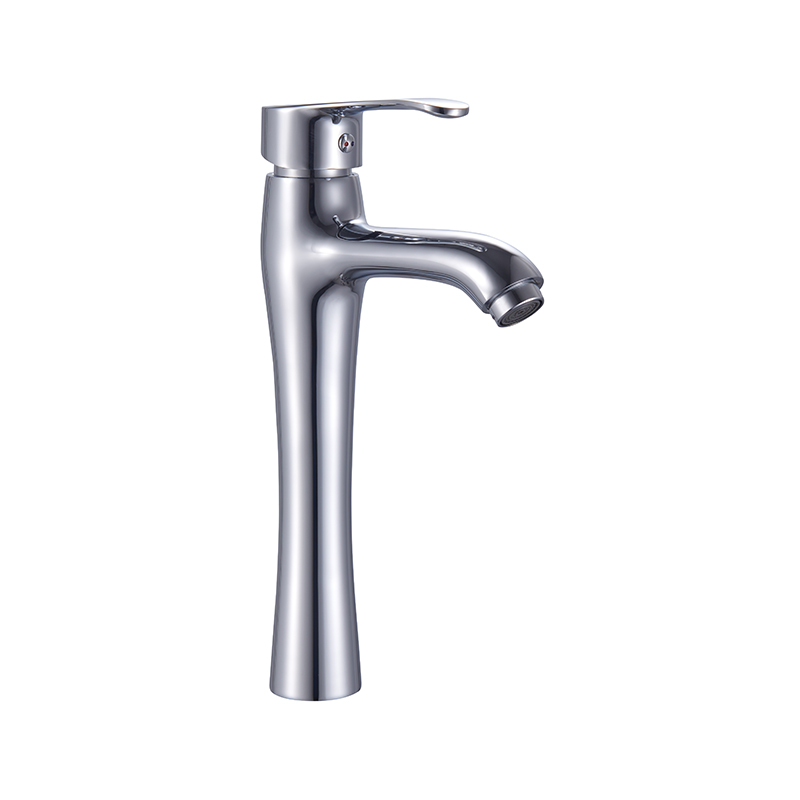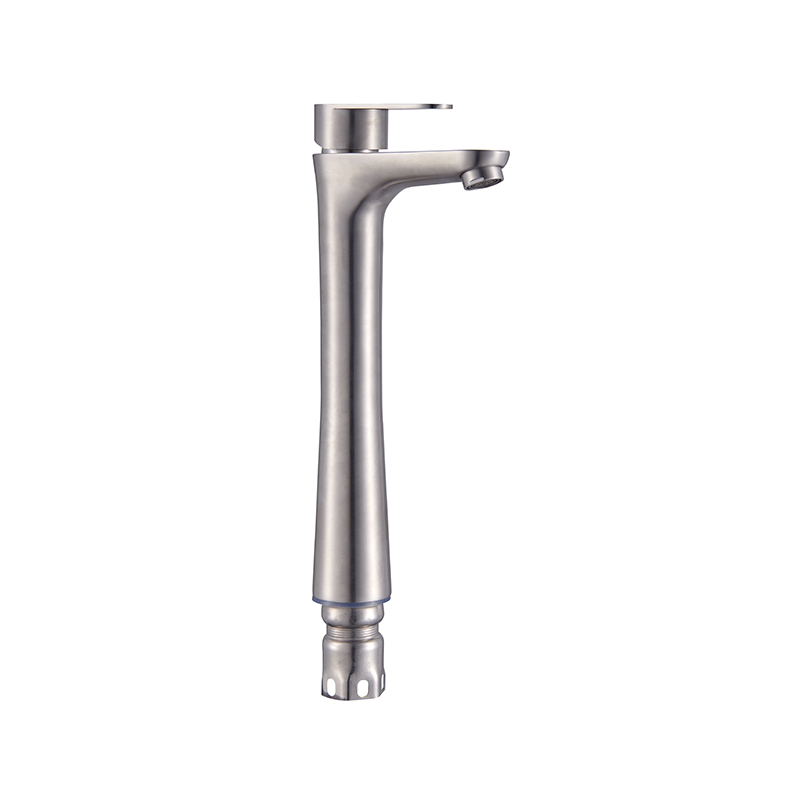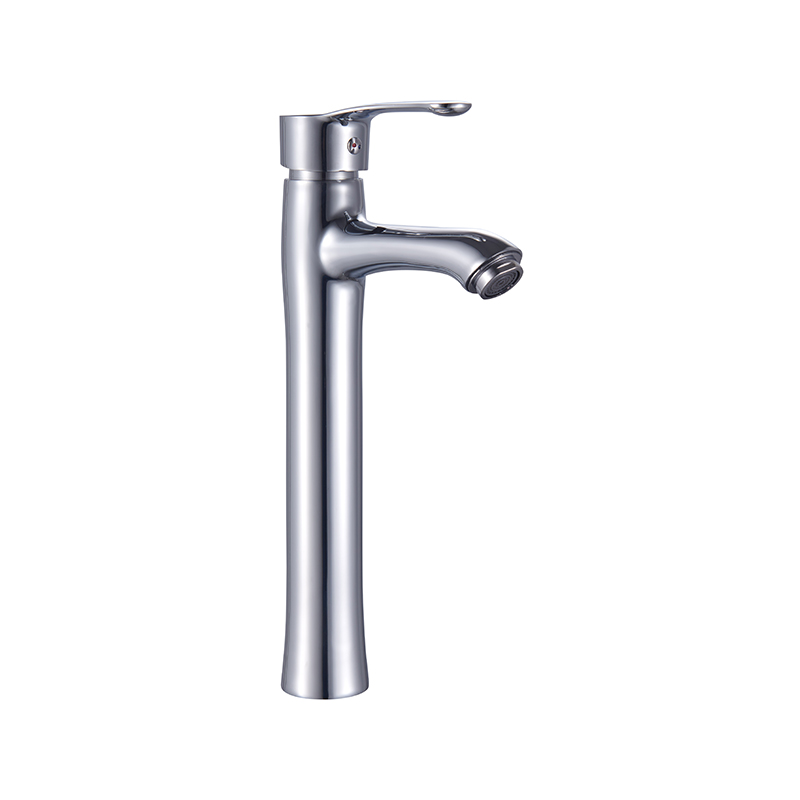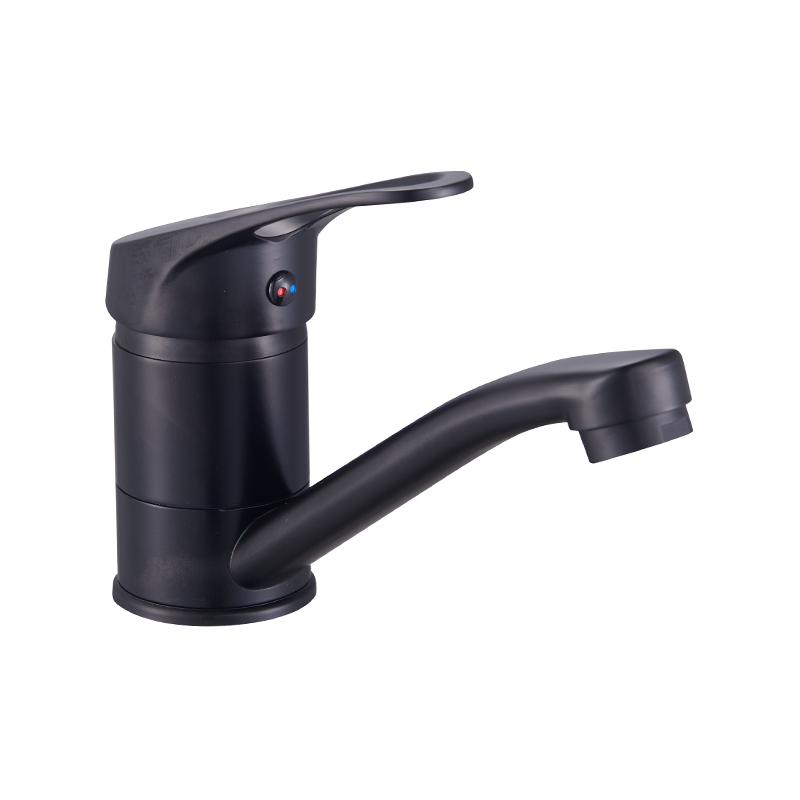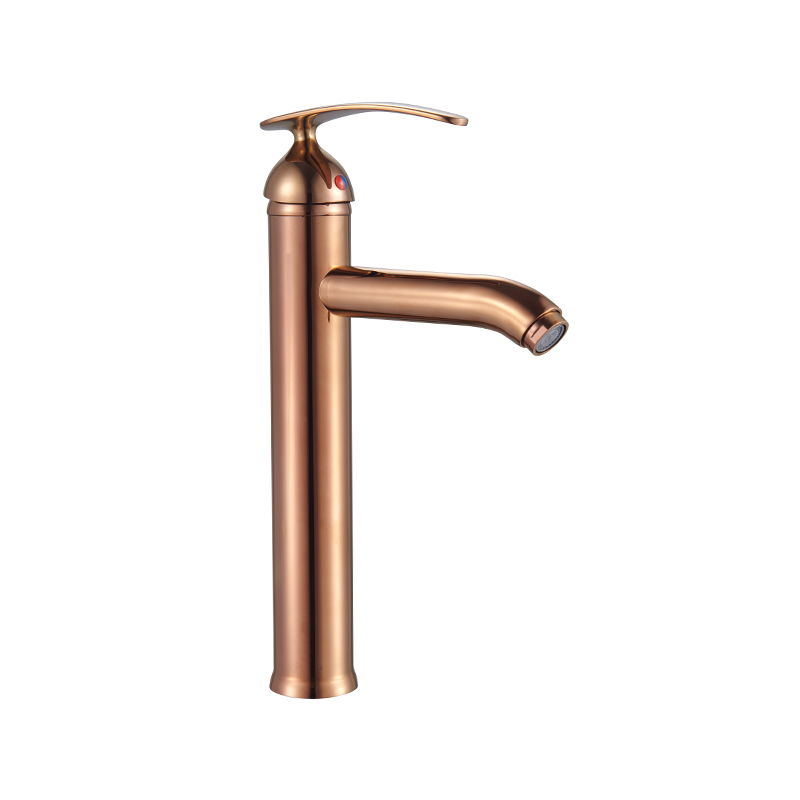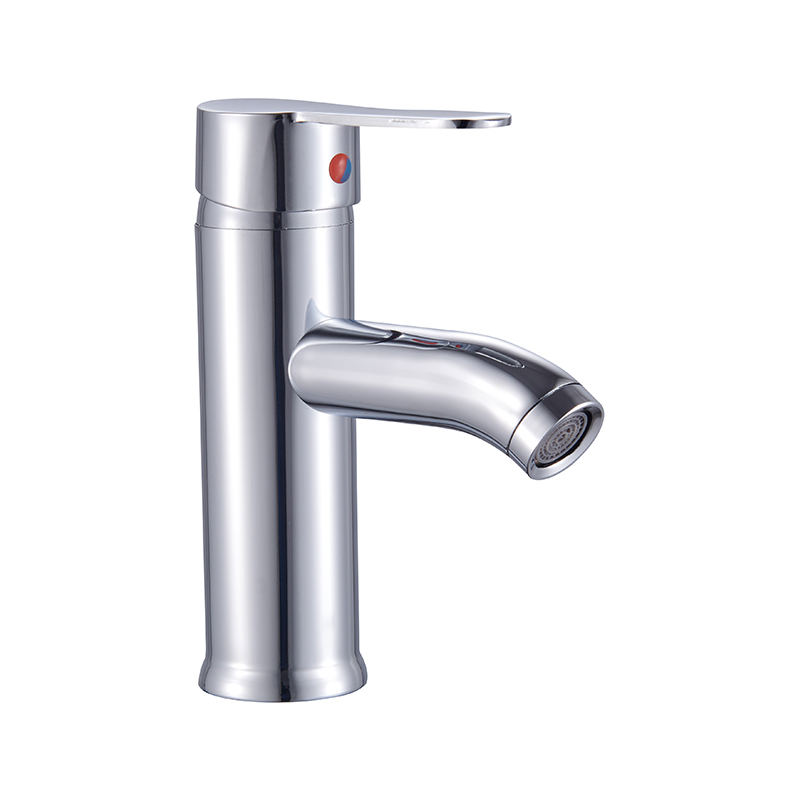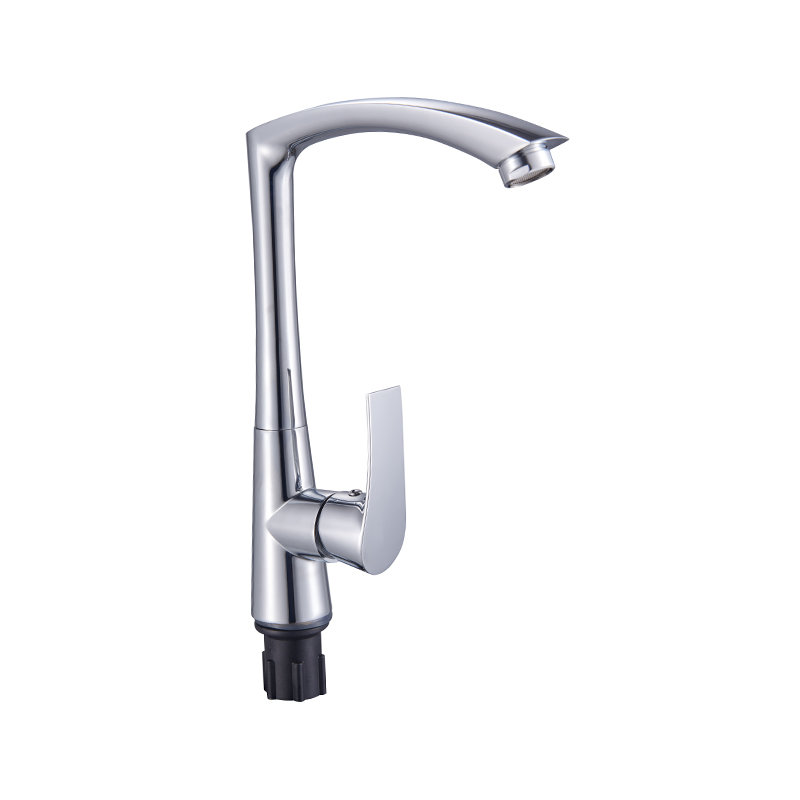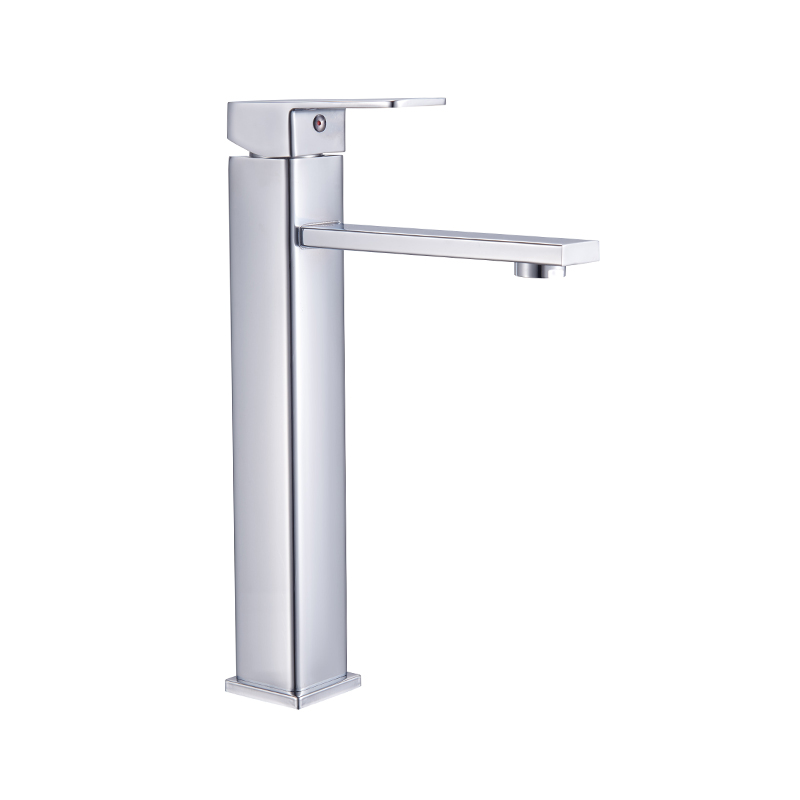In today's world of interior design, the bathroom has evolved into a sanctuary where aesthetics and functionality meet. One crucial aspect of bathroom design that has gained considerable attention is the faucet handle. The faucet handle is not just a functional component; it also plays a significant role in the overall style of the space. As trends shift and evolve, various designs are emerging, making it essential for homeowners and designers to stay informed about the new developments in faucet handle design.
The Rise of Smallism
Smalls have become a dominant trend in modern design, and bathroom faucet handles are no exception. Sleek, simple designs emphasize clean lines and functional beauty. This trend is reflected in the growing popularity of Wall mounted kitchen mixer tap, which provide a streamlined appearance by removing the bulky base. These taps not only save space but also create a visually appealing aesthetic. The smallist approach allows for a cohesive look, where every element in the bathroom complements each other, including the handles on the faucet.
In addition to being visually pleasing, small faucet handles are often easier to use. A single lever that controls both temperature and flow has become increasingly popular. This design allows for seamless adjustments, making it ideal for busy households. By focusing on essential features, manufacturers can create handles that are not only stylish but also user-friendly.
Innovative Materials and Finishes
The choice of materials and finishes has a profound impact on the design of faucet handles. While traditional materials such as chrome and stainless steel remain popular, designers are experimenting with new options. Matte finishes, for instance, are making waves in the industry. These finishes provide a contemporary look while offering a more durable surface that resists fingerprints and smudges.
Another trend is the use of sustainable materials. Eco-conscious consumers are looking for bathroom fixtures that reflect their values, pilot to increased interest in recycled metals and organic finishes. The integration of sustainable practices into faucet handle design not only benefits the environment but also allows for unique and eye-catching designs that stand out in a bathroom setting.
Ergonomic Designs
Ergonomics is another important consideration in faucet handle design. As homeowners seek greater comfort and ease of use, manufacturers are developing handles that fit naturally in the hand. For example, shower sets for bathtubs incorporate ergonomic handles that allow for easy grip and maneuverability. This design approach reduces the strain on users, particularly those with limited mobility or dexterity.
The trend toward ergonomic designs is not just about comfort; it also enhances the overall experience of using bathroom fixtures. Handles that are easy to operate encourage users to enjoy their time in the space, whether they are washing their hands or taking a relaxing bath.
Bold and Statement-Making Designs
While small and functionality are essential, there is also a growing trend toward bold, statement-making faucet handles. These designs add a touch of personality to the bathroom, transforming it into a unique reflection of the homeowner's style. From intricate patterns to sculptural forms, statement handles can serve as focal points in the space.
This trend is particularly evident in the rise of kitchen mixer spray taps. These taps often feature elaborate handle designs that showcase craftsmanship and artistry. By combining functionality with bold aesthetics, homeowners can elevate their bathrooms to new heights of style.
Color Trends in Faucet Handles
Color is another critical element influencing faucet handle design. While neutral tones remain popular, vibrant colors are making a comeback. Incorporating color into faucet handles can breathe new life into an otherwise monochromatic space. For example, a bright blue handle on a wall-mounted kitchen mixer tap can serve as an unexpected pop of color that draws the eye and enhances the overall design.
Additionally, the use of two-tone designs is gaining traction. Combining contrasting colors or finishes allows homeowners to create unique combinations that reflect their personal tastes. This trend encourages creativity and experimentation in bathroom design, allowing each space to feel distinct.
The Future of Faucet Handle Design
As the industry continues to evolve, the future of faucet handle design looks promising. With advancements in technology and materials, designers are exploring new possibilities for both functionality and aesthetics. Smart faucets with touchless technology are becoming more prevalent, providing convenience and hygiene for users. These innovations are expected to influence the design of faucet handles, making them more versatile and user-friendly.
Moreover, as consumers become more environmentally conscious, the demand for sustainable designs will likely grow. Manufacturers will need to adapt to these changing preferences by prioritizing eco-friendly materials and production processes in their faucet handle designs.
The trends in bathroom faucet handle design reflect the ever-changing landscape of interior design. From small aesthetics to bold statement pieces, there is a wide range of options available for homeowners and designers alike. As the industry embraces innovation, materials, and ergonomic considerations, the humble faucet handle is being transformed into an essential component of bathroom design. By keeping an eye on these trends, individuals can create a bathroom that not only meets their functional needs but also showcases their unique style. Whether it's a wall-mounted kitchen mixer tap or a sophisticated shower set for bathtub, the choices in faucet handle design continue to inspire and excite.
 Language
Language
 English
English русский
русский Español
Español عربى
عربى Phone
Phone
 Email
Email



